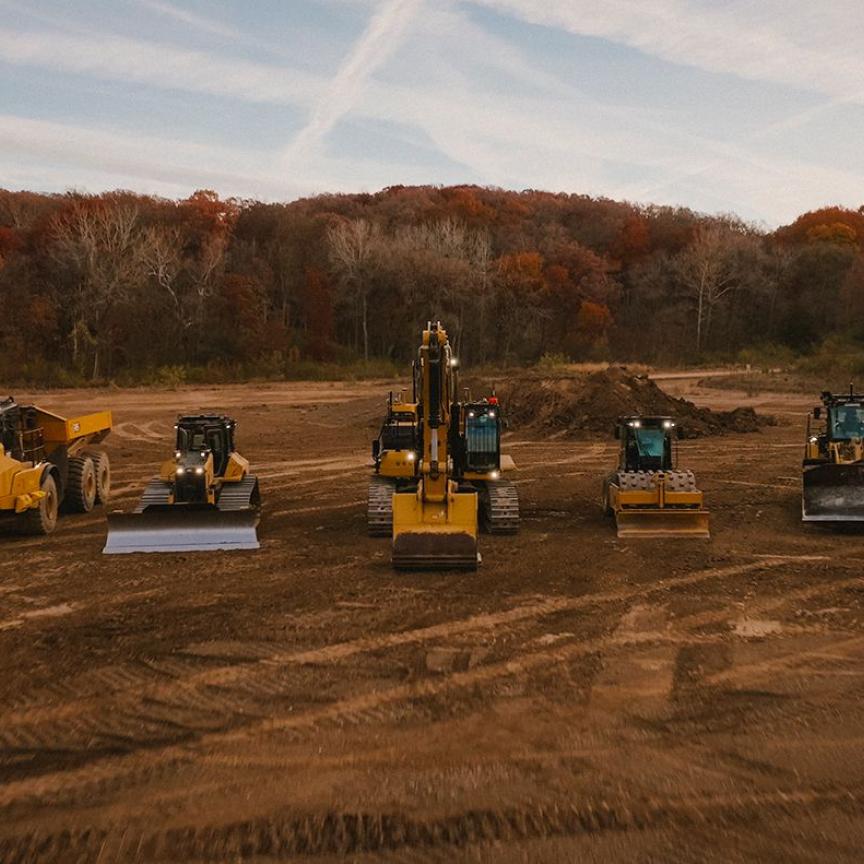Tier 1 automotive supplier, Hitachi Astemo, is to evaluate a shortwave infrared and 3D sensor from Israeli firm TriEye for use in its advanced driver assistance system (ADAS).
TriEye's Sedar - Spectrum enhanced detection and ranging - device provides both HD SWIR imaging and deterministic 3D mapping. Hitachi wants to incorporate Sedar, which was recognised at CES 2022 with an innovation award, into its ADAS system to give 2D and 3D depth information under low-visibility conditions.
The Sedar device is based on TriEye's SWIR CMOS Raven sensor. The technology follows other firms that have built SWIR sensors on CMOS readout circuitry, thereby substantially lowering the price of SWIR imaging compared to InGaAs sensors.
The Raven sensor has a resolution of 1,284 X 960 pixels with a 7µm pixel pitch; it operates from 0.4 to 1.6µm, and can run at 120fps.
Recently, TriEye unveiled a VCSEL-powered SWIR system, integrating its sensor with a 1,350nm vertical-cavity surface-emitting laser (VCSEL) as an illumination source. The company said that the system will provide value for short-range tasks, such as mobile, biometrics, industrial automation, and medical.
The Sedar system is designed for longer range for automotive applications. John Nunneley, senior vice president, design engineering, Hitachi Astemo Americas, commented: 'We believe that TriEye's Sedar can provide autonomous vehicles with ranging and accurate detection capabilities that are needed to increase the safety and operability under all visibility conditions.'
In November last year, TriEye announced it had secured $74 million in funding for its SWIR sensing technology.


